Can You Be Allergic to Air Conditioning?
Yes, people can experience allergy-like symptoms in response to air conditioning, but these symptoms are not due to an allergy to the air conditioning itself. Instead, the symptoms may be triggered by various factors associated with air conditioning use, such as:
- Mold and Mildew: Air conditioning systems can harbor mold and mildew, especially if they are not properly maintained. When the AC is in use, it can circulate these allergens through the air, potentially causing allergic reactions in sensitive individuals.1
- Dust and Dust Mites: Dust can accumulate in the filters and ducts of air conditioning systems. When the system is turned on, these particles can be dispersed into the indoor environment, which might trigger allergies.2
- Pollen: For systems that pull in outside air, pollen can be introduced into the indoor environment through the air conditioning system, which could trigger symptoms in individuals with pollen allergies.
- Dry Air: Air conditioning can reduce indoor humidity levels, which might lead to dry air. This can irritate the mucous membranes of the nose and throat, leading to symptoms that resemble an allergic reaction, such as a sore throat, itchy eyes, and nasal irritation.
- Cooling Agents and Chemicals: While less common, some individuals might be sensitive to certain chemicals used in air conditioning systems, including refrigerants. However, this is not a true allergy but rather a sensitivity or irritation caused by exposure to these chemicals.
What Are Some AC Allergy Symptoms?
| Symptom | Description |
|---|---|
| Respiratory Issues | Sneezing, coughing, runny or stuffy nose, asthma attacks, difficulty breathing. |
| Allergic Reactions | Itchy, watery eyes, sneezing, nasal congestion, triggered by allergens like mold, dust mites, or pollen. |
| Dryness | Dry skin, dry eyes, sore throat, itchy eyes due to reduced indoor humidity. |
| Headaches and Fatigue | Headaches, dizziness, fatigue, possibly due to temperature and humidity changes or chemicals. |
| Skin Irritations | Dry, irritated skin, exacerbation of eczema or dermatitis due to dry air. |
- Respiratory Issues: This can range from sneezing, coughing, and a runny or stuffy nose to more severe symptoms like asthma attacks or difficulty breathing, especially in individuals with pre-existing respiratory conditions.
- Allergic Reactions: Symptoms similar to those experienced with common allergies, such as itchy, watery eyes, sneezing, and nasal congestion. These reactions can be triggered by allergens like mold, dust mites, or pollen that might be circulated by the air conditioning.
- Dryness: Air conditioning can reduce indoor humidity levels, leading to dry skin, dry eyes, and irritation of the mucous membranes in the nose and throat. This can result in a sore throat, itchy eyes, and general discomfort.
- Headaches and Fatigue: Some people may experience headaches, dizziness, or fatigue when exposed to air conditioning for prolonged periods, possibly due to changes in temperature and humidity or to certain chemicals used in air conditioning systems.
- Skin Irritations: Dry air produced by air conditioning can lead to dry, irritated skin, and in some cases, may exacerbate conditions like eczema or dermatitis.
It’s important to note that these symptoms can also be caused by other factors and are not exclusively related to air conditioning.
 At-Risk Groups for Air Conditioning Related Symptoms
At-Risk Groups for Air Conditioning Related Symptoms
While anyone can experience discomfort from air conditioning, certain individuals may be at a higher risk of developing symptoms. Understanding these risk factors can help in identifying and implementing appropriate preventive measures.
- Individuals with Respiratory Conditions: People with pre-existing respiratory issues, such as asthma or chronic obstructive pulmonary disease (COPD), may find that air conditioning exacerbates their symptoms due to the circulation of cool, dry air, which can irritate sensitive airways.
- Allergy Sufferers: Those with allergies to dust, pollen, mold, or pet dander might experience heightened symptoms in air-conditioned environments if the system circulates or exacerbates these allergens.
- People with Weakened Immune Systems: Individuals with compromised immune systems, including the elderly and those undergoing treatments that weaken immunity, might be more susceptible to infections from airborne pathogens that can proliferate in poorly maintained AC systems.
- Individuals with Skin Conditions: People with eczema, dermatitis, or other skin conditions may find that the dry air produced by air conditioning aggravates their skin issues.
- Contact Lens Wearers: The reduced humidity in air-conditioned environments can cause discomfort for contact lens wearers, leading to dryness and irritation of the eyes.
Preventive Measures and Solutions
Recognizing the groups at higher risk for air conditioning-related symptoms underscores the importance of maintaining indoor air quality. Regular maintenance of air conditioning systems, including filter changes and duct cleaning, can mitigate many of the issues. Additionally, integrating air purifying technologies, such as UV and induct air purifiers, can further enhance indoor air quality, benefiting all occupants, especially those at higher risk.
Mitigating Air Quality Issues: The Role of UV and Induct Air Purifiers
While air conditioning can inadvertently contribute to indoor air quality issues, modern technology offers effective solutions to mitigate these concerns. Two such innovations are UV (Ultraviolet) and induct air purifiers, which can significantly enhance the quality of indoor air by targeting the pollutants that contribute to the symptoms listed above.
UV Air Purifiers: A Shield Against Microorganisms
UV air purifiers utilize ultraviolet light to deactivate airborne pathogens such as bacteria, viruses, and mold spores. By incorporating UV-C light, known for its germicidal properties, these purifiers can disrupt the DNA or RNA of microorganisms, effectively neutralizing them as they pass through the air purification system. This process not only sanitizes the air but also reduces the likelihood of microbial-induced allergies and respiratory issues.
Induct Air Purifiers: Whole-House Purification
Integrated directly into the HVAC system’s ductwork, induct air purifiers ensure that the air circulating throughout your home or office is consistently purified. These systems can leverage multiple technologies, including UV light, to tackle a broad spectrum of air pollutants. The continuous purification process helps in maintaining optimal air quality, thereby addressing concerns like dust, pollen, and other allergens that might be distributed by the air conditioning system.
The Combined Approach for Healthier Indoor Air
Employing UV and induct air purifiers can create a more comprehensive air quality management strategy. By addressing airborne microorganisms and pollutants at the source, these systems work in concert with regular HVAC maintenance to ensure that the air in your environment remains clean and healthy. This holistic approach not only mitigates the potential negative impacts of air conditioning but also contributes to a healthier indoor environment, reducing the risk of allergy symptoms, respiratory issues, and other air quality-related health concerns.
Installation Insights: Integrating UV and In-Duct Air Purifiers into Your HVAC
Deciding to enhance your indoor air quality with UV or in-duct air purifiers involves a straightforward installation process, typically carried out by HVAC professionals. Here’s what you can expect:
UV Air Purifiers
- Placement: UV air purifiers are usually installed in the ductwork near the HVAC system’s air handler. This placement ensures maximum exposure of the air passing through the system to the UV light.
- Installation Process: A professional will cut a small opening in the ductwork to mount the UV light unit. The unit is then connected to the HVAC system’s electrical supply, ensuring it operates only when the system is active.
- Considerations: It’s important to choose a UV purifier that is compatible with your HVAC system in terms of size and capacity. Regular maintenance, including bulb replacement, is necessary to ensure effectiveness over time.
In-Duct Air Purifiers
- Integration Point: These purifiers are installed directly into the HVAC system’s ductwork and are designed to treat the air as it circulates through the system.
- Installation Steps: The process involves cutting an opening in the ductwork to accommodate the air purifier unit. The unit is then securely mounted and connected to the HVAC system, ensuring it purifies the air throughout the entire system.
- Key Considerations: Selecting the right size and type of in-duct air purifier is crucial for effective air purification. The system should be compatible with the existing HVAC setup and have the capacity to handle the volume of air being circulated.
What to Expect
- Professional Assessment: An HVAC technician will assess your current system to determine the most suitable type and placement of the air purifier.
- Minimal Disruption: Installation is relatively quick and should not require significant changes to your existing HVAC system.
- Maintenance Needs: Like any HVAC component, these purifiers require periodic maintenance to ensure optimal performance, including filter changes or bulb replacements for UV purifiers.
By understanding the installation process and what it entails, homeowners can make informed decisions about integrating air purification solutions into their HVAC systems. Such enhancements not only improve indoor air quality but also contribute to a healthier living environment, especially for those at higher risk of air quality-related symptoms.
| Type | Primary Function | Best For | Considerations |
|---|---|---|---|
| UV Air Purifiers | Destroys microorganisms (bacteria, viruses, mold) | Reducing airborne pathogens | Does not remove particulates; often used with other filters |
| HEPA Air Purifiers | Captures particulate matter (pollen, dust, pet dander) | Allergy and asthma relief | Regular filter replacement needed; does not remove gases or odors |
| Activated Carbon Purifiers | Absorbs odors, smoke, and VOCs | Odor and chemical removal | Primarily for gases and odors; not effective for particulate matter |
| Ionic Air Purifiers | Removes particles from the air using ions | Dust and allergen removal in small areas | May produce ozone; effectiveness varies |
| Window Air Exchangers | Introduces fresh air and improves ventilation | Rooms where air conditioning can’t be used or is insufficient | Depends on outdoor air quality; may not filter incoming air |
Alternative Air Purification Solutions for Apartments and Workspaces
Not everyone has the ability to modify their HVAC systems with in-duct or UV air purifiers, particularly those living in rental properties or dealing with workplace systems. Fortunately, there are effective standalone air purification options that can significantly improve indoor air quality without the need for HVAC integration.
Portable Air Purifiers
- Versatility: Portable air purifiers come in various sizes, making them suitable for different room sizes, from compact units ideal for personal spaces to larger models designed for living rooms or open-plan areas.
- Technology: Many of these units utilize HEPA filters, which are highly effective at capturing a wide range of airborne particles, including dust, pollen, mold spores, and pet dander. Some models also incorporate activated carbon filters to reduce odors and VOCs, and even UV-C light to kill germs.
- Placement: For best results, place the air purifier in areas where you spend the most time or where air quality concerns are greatest. Ensure the unit is not obstructed by furniture to allow for unimpeded air flow.
Desktop and Personal Air Purifiers
- Convenience: Smaller air purifiers can be placed on desks or bedside tables, providing clean air directly in your personal breathing space, which is particularly useful in shared environments like offices or dorm rooms.
- Functionality: These compact units often include HEPA and carbon filters, and while they have a smaller coverage area, they can be effective at improving the air quality around your immediate vicinity.
Window Filters and Air Exchangers
- Fresh Air Introduction: For those who can open windows, window filters can help by filtering out pollen and dust from incoming air. Air exchangers, which replace indoor air with filtered outdoor air, can also improve indoor air quality without needing to alter the HVAC system.
Considerations for Non-HVAC Solutions
- Maintenance: Portable and personal air purifiers require regular maintenance, such as filter replacements, to maintain their effectiveness.
- Noise Level: Consider the noise level of the unit, especially for use in bedrooms or quiet spaces.
- Air Purification Capacity: Check the unit’s Clean Air Delivery Rate (CADR) to ensure it is adequate for the size of the room where it will be used.
By exploring these alternative air purification options, individuals can take proactive steps to enhance their indoor air quality, regardless of their living or working situation. These solutions offer flexibility and can be particularly beneficial for renters, office workers, or anyone unable to modify existing HVAC systems.
Frequently Asked Questions
Q1: Can air conditioning cause respiratory problems?
A1: Yes, air conditioning can contribute to respiratory problems, especially if the system is not well-maintained. Circulating air can spread dust, mold, and other allergens, potentially exacerbating conditions like asthma and allergies.
Q2: What are common symptoms of air conditioning-related issues?
A2: Common symptoms include coughing, sneezing, congestion, headaches, dry skin, and eye irritation. These can result from exposure to allergens or the dry, cool air produced by AC units.
Q3: Are some people more at risk from air conditioning-related symptoms?
A3: Yes, individuals with pre-existing respiratory conditions, allergies, weakened immune systems, skin conditions, and contact lens wearers may be more susceptible to symptoms.
Q4: How do UV air purifiers work?
A4: UV air purifiers use ultraviolet light to kill or inactivate airborne pathogens, such as bacteria and viruses, as air passes through the HVAC system.
Q5: What’s the difference between an in-duct air purifier and a portable air purifier?
A5: An in-duct air purifier is integrated into the HVAC system’s ductwork and treats air throughout the entire system. A portable air purifier is a standalone unit designed to clean the air in a specific room or area.
Q6: Can portable air purifiers be effective in managing air quality?
A6: Yes, portable air purifiers, especially those with HEPA filters, can effectively remove particulate matter, allergens, and some odors from indoor air, improving air quality in individual rooms or areas.
Q7: How often should HVAC systems and air purifiers be maintained?
A7: HVAC systems should generally be inspected and maintained at least annually, with filter changes as recommended by the manufacturer. Portable air purifiers may require more frequent filter checks and replacements depending on usage.
Q8: Are there any air purification options for people living in apartments or unable to modify their HVAC systems?
A8: Yes, portable or personal air purifiers are great options for apartments or rented spaces. They don’t require modifications to existing HVAC systems and can be placed in any room.
Q9: What should I look for in a portable air purifier?
A9: Key features to consider include the type of filters used (HEPA, activated carbon), the size of the area the purifier can effectively cover, noise level, and maintenance requirements.
Q10: Can opening windows help improve indoor air quality?
A10: Opening windows can introduce fresh air and improve ventilation, which may help reduce indoor pollutants. However, it may also allow outdoor allergens like pollen to enter, which could be a consideration for allergy sufferers.


 At-Risk Groups for Air Conditioning Related Symptoms
At-Risk Groups for Air Conditioning Related Symptoms
 Hidden Dangers of Carbon Filters
Hidden Dangers of Carbon Filters Health Implications of Air and Water Contaminants
Health Implications of Air and Water Contaminants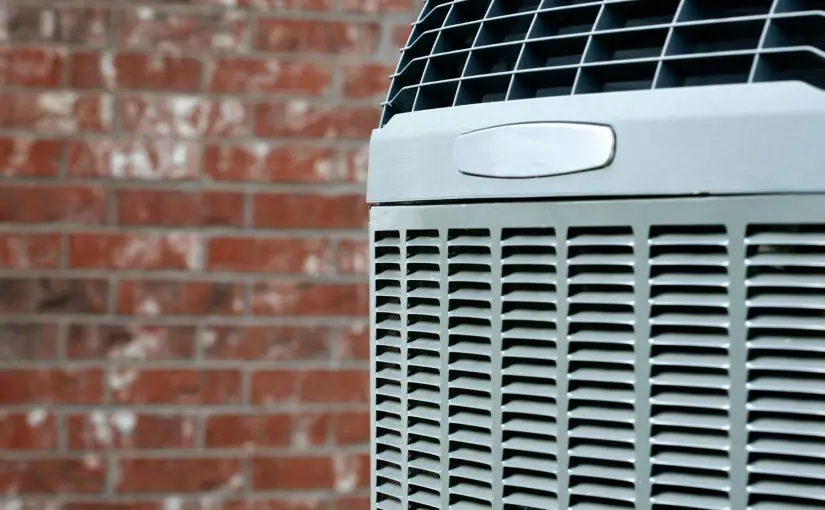

 What does the fan setting on an air conditioner do?
What does the fan setting on an air conditioner do? Alternative Cooling and Ventilation Strategies
Alternative Cooling and Ventilation Strategies
 Common Airborne Allergens: Invisible Triggers of Allergic Reactions
Common Airborne Allergens: Invisible Triggers of Allergic Reactions Impact on Health: Navigating the Spectrum of Allergic Responses
Impact on Health: Navigating the Spectrum of Allergic Responses Navigating the Air Quality Index (AQI): A Guide to Healthier Air
Navigating the Air Quality Index (AQI): A Guide to Healthier Air Mitigating Allergens with HEPA Air Purifiers: A Breath of Fresh Air
Mitigating Allergens with HEPA Air Purifiers: A Breath of Fresh Air


 ULPA Filters
ULPA Filters
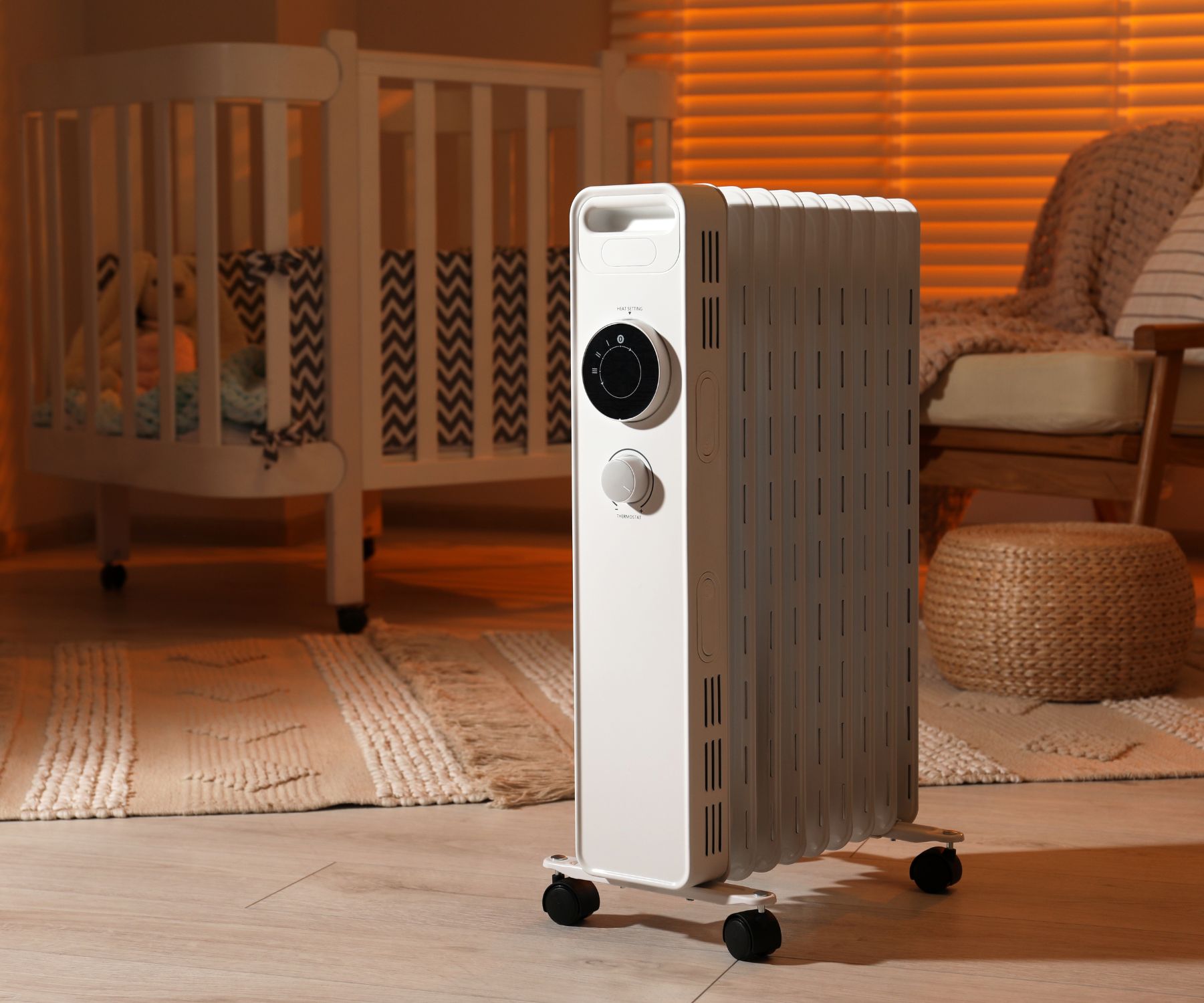 The possibility of leaking
The possibility of leaking Another Big Gripe
Another Big Gripe




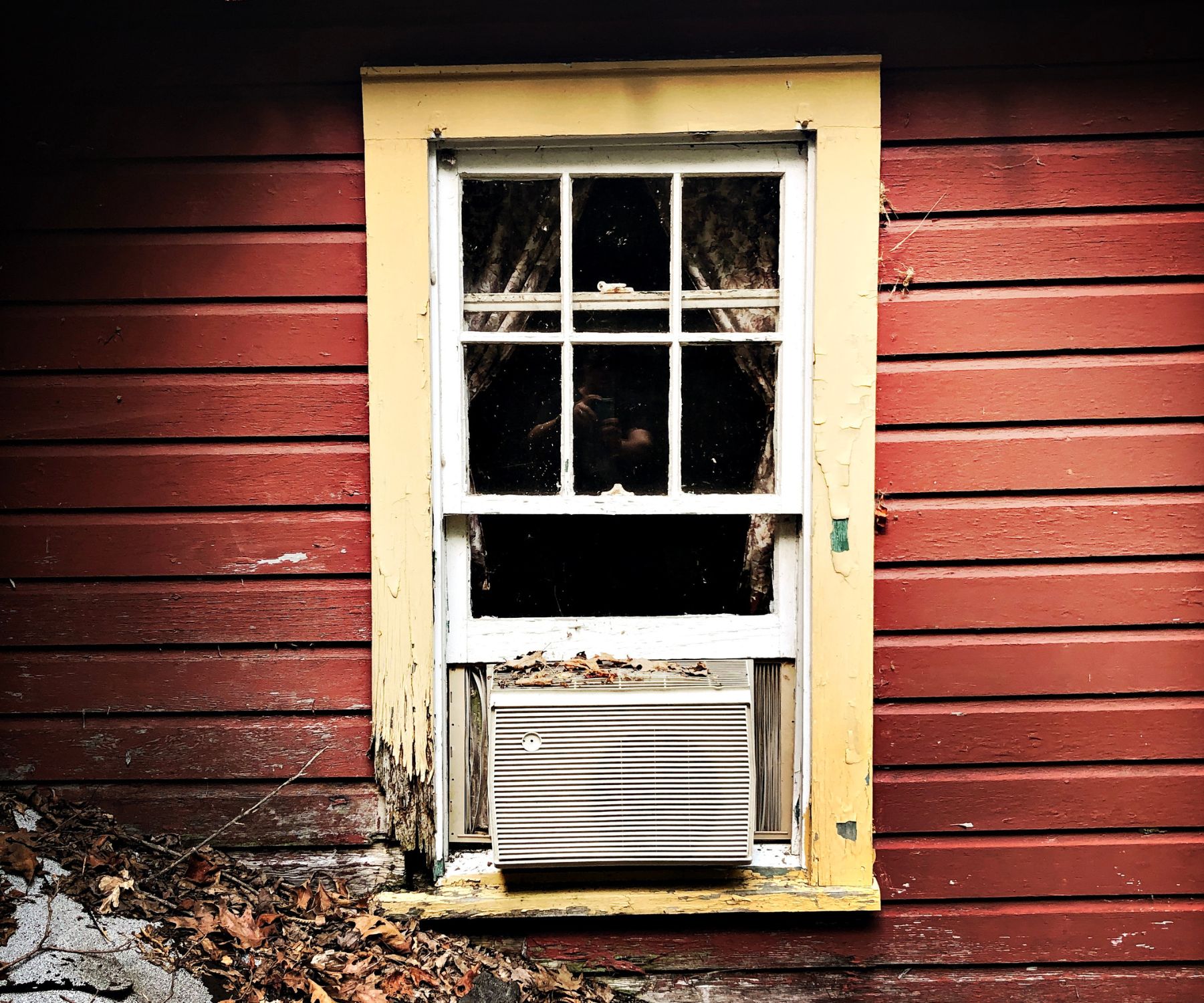
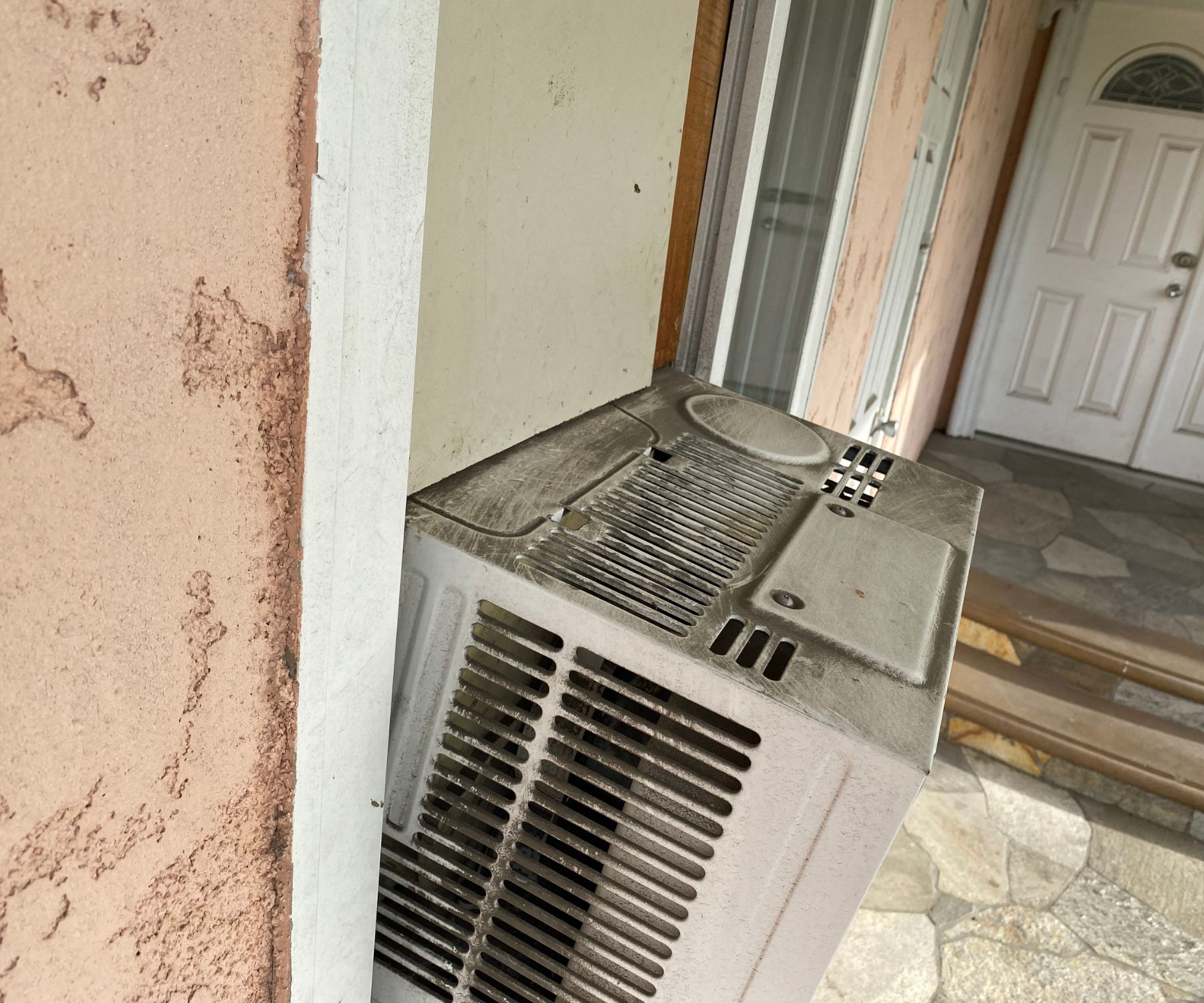
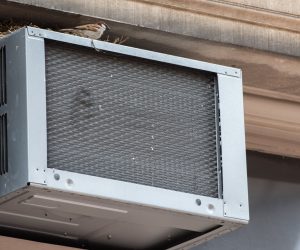 Some of the possibilities include that it is located under a tree, or it is in an area like a wind tunnel where dirt is easily kicked up and can get into the machine.
Some of the possibilities include that it is located under a tree, or it is in an area like a wind tunnel where dirt is easily kicked up and can get into the machine.

 Does Bleach Kill Fleas?
Does Bleach Kill Fleas?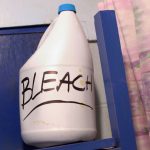 Can bleach effectively eliminate fleas?
Can bleach effectively eliminate fleas? How to kill fleas in the dryer
How to kill fleas in the dryer Will vinegar kill fleas?
Will vinegar kill fleas? Lemon will not kill fleas. Lemon is not poisonous, not even to fleas. But like vinegar, it is a strong deterrent for fleas.
Lemon will not kill fleas. Lemon is not poisonous, not even to fleas. But like vinegar, it is a strong deterrent for fleas. Will Rosemary kill fleas?
Will Rosemary kill fleas? Dehydration
Dehydration Salt kills fleas by drying them out and damaging their fragile exoskeleton. Salt is one of the easiest desiccant products that you already have around the house.
Salt kills fleas by drying them out and damaging their fragile exoskeleton. Salt is one of the easiest desiccant products that you already have around the house. Baking soda will kill fleas by drying them out. It is very similar to salt in that it has a dehydration quality that will dry out a fleas exoskeleton and leave them with no chance to survive.
Baking soda will kill fleas by drying them out. It is very similar to salt in that it has a dehydration quality that will dry out a fleas exoskeleton and leave them with no chance to survive.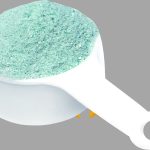 Borax is also a natural dehumidifier that will dry a flea out sufficiently that it cannot survive.
Borax is also a natural dehumidifier that will dry a flea out sufficiently that it cannot survive. A simple solution to getting fleas off of your dog is Dawn dishwashing soap. It will coat any fleas on the animal and keep them from escaping when you’re washing the dog.
A simple solution to getting fleas off of your dog is Dawn dishwashing soap. It will coat any fleas on the animal and keep them from escaping when you’re washing the dog. Killing fleas instantly is not as easy as it seems. But there are many commercial flea killers that have the capacity to do just that.
Killing fleas instantly is not as easy as it seems. But there are many commercial flea killers that have the capacity to do just that.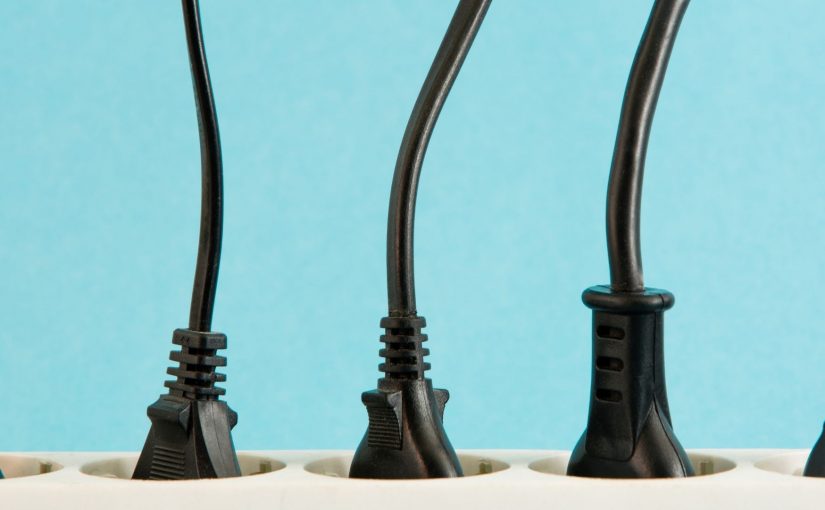
 Power strip danger
Power strip danger